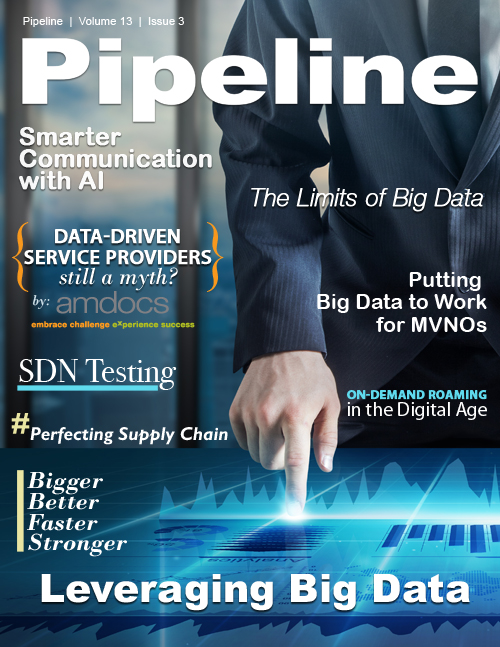Smarter Communication with Artificial Intelligence
Microsoft and IBM are already in on the action, and Apple doubled down on AI with the $200 million acquisition of Seattle-based machine-learning startup Turi last month.
And is there a better industry for AI to sink its virtual teeth into than communications? We tend to look at technology through a ridiculously anthropocentric lens. I am reminded of the latest Mission: Impossible movie. It was loads of fun, to be sure, but enjoying the film meant ignoring the implausibility that a top-secret facility would store its security profiles in a water-cooled tank that was built to human scale, for some reason. Why would it need to have access and egress large enough for someone who is really great at holding his breath to enter and exit? Because it said so in the script, of course!
The notion that technology should be arranged in a way that can easily accommodate humans is a mainstay of science fiction and action-adventure. I get why some Terminator robots are shaped like humans. They’re going to be covered in skin and sneak back in time to murder people. But what about the other robots without skin? Why on earth would they be human-shaped?
This seems like a digression—and I suppose it is—but we are often equally presumptuous about the relationship between AI and data. We think of ways that learning machines can quickly convert raw data into a form we can use. But the sheer act of converting data into a form that is useful to us is an unnecessary step if we have sufficiently advanced AI systems at our disposal.
As Wedge Greene and Trevor Hayes wrote in Pipeline just a few months ago, "machines can ‘observe’ patterns in data directly, without having to go through a process of converting that data to a form humans can understand - no need for graphs and dynamically updated maps, no need for alarm bells and sirens, no need to even smell the burning plastic." And that’s particularly useful on the IoT front, as it lays the groundwork for networks of independent devices monitored by self-training software with nary a human in sight.Needless to say, the business opportunities are seemingly endless.
By way of example, Hewlett Packard Enterprise just announced an extension of its “machine learning as a service” platform—Haven OnDemand—which offers machine learning APIs to developers and businesses. Simultaneously, HPE released the newest version of its Vertica Analytics software, with R-based machine learning models baked into the software.
In March of this year, Microsoft also announced the Cortana Intelligence Suite and has begun to spearhead its AI strategy. Microsoft is also making it APIs readily available to the public so they can leverage and accelerate the development of AI bots and applications. The Cortana Intelligence leverages AI for voice recognition and translation, visual recognition and sentiment detection, text to voice and much more.
And then there’s the hardware side. Thinking machines need a whole lot of processing power, and NVidia has the early lead in that arena. The latest version of its Tesla accelerator—the P100—will hit shelves soon. IBM, meanwhile, has its “neurosynaptic” TrueNorth chip, and Intel is in the game too, especially after its acquisition of Alterra last year.
Even more interesting, however, are the many ways that SDN/NFV can support AI to create an entirely new paradigm for networks and computing.
I think we at Pipeline are already on record as welcoming our robot overlords, but it bears repeating that the ways in which machine learning can revolutionize data analytics, customer care, customer retention, and network planning make the communications landscape the most obvious frontier for the continued development of artificial intelligence.
That doesn’t mean there’s no chance that the doom and gloom naysayers about the ultimate implications of AI aren’t potentially correct. It just means that the threat of unintended consequences does not eliminate the many benefits that AI possesses as we work to create communications experience that work better for every user and every device.


















